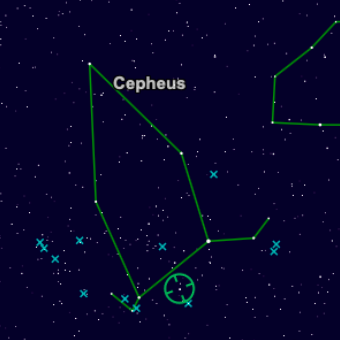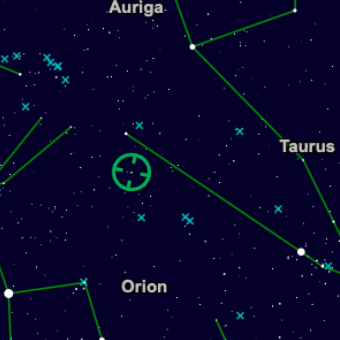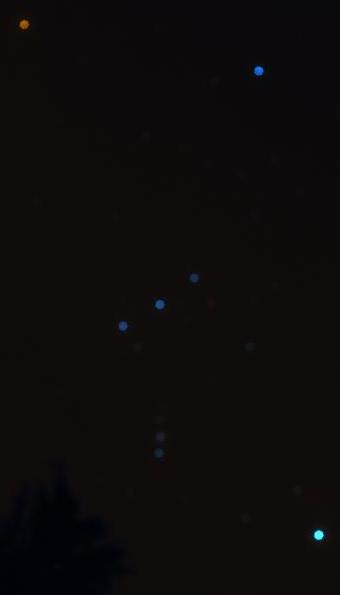2020 February 24
Observer’s Challenge – A fistful of red stars

The colours of stars have always been fascinating, from the very hot blue-white stars through yellow and onto deep red. This months challenge is to view or image five of the most red stars available to view now.
| Finder charts by in-the-sky.org | |
|
Our first target is Herschel’s Garnet Star, Mu Cephei. Cover image of Mu Cep by Greg Parker. |
 |
| Vying with Mu Cephei for ‘most red star’ is Hind’s Crimson Star, R Leporis. Lying in the constellation Lepus, now is a good time to view this star before it slips into the Spring twilight. R Lep is also a variable star (most deeply red stars are!) but appears to be redder when dimmer, though this may be a perceptual illusion. Recent measurements put it at mag. 8 but becoming dimmer in its range from mag. 6 to 10. |
 |
| La Superba, gamma CVn, is another very red star, and you will find it in the constellation of Canes Venatici (the hunting dogs). It is quite bright at around magnitude 2 and so easily visible to the naked eye or easy in binoculars. The name La Superba was coined by Italian astronomer Angelo Secchi in the 19th century. R Lep and Y CVn are carbon stars, red supergiant’s at a late stage of their evolution. |  |
| 119 Tauri, also known as CE Tauri, is a rather under-observed red star. It’s mean brightness is about mag. 4.3. It sits in a nice star field south of zeta Tau. |  |
|
We’ll finish off this group with Betelgeuse – another M class red supergiant. Although it’s recent fade has been big news, it now seems to brightening. It will be interesting to follow it over the next couple of months, and what will have happened when it returns in next autumns skies. |
Orion with de-focused stars by Ray Emery |
These red stars should be visible either with the un-aided naked eye or binoculars. They could also be amenable to DSLR imaging withe a wide-field, standard or telephoto lens. And of course telescopic views will maximise the colour. Getting good colour rendition of stars can be tricky – but give it a go. You might want to try the defocusing effect – take a single or use multiple images defocusing the lens in steps, then stack the result, this emphasises the colours. David Malin did this with a single exposure on film, and used a motorised lens to achieve the effect. .
Maybe you have your own favourite red stars – let us know your favourites in the comments section below. And please do post your observations on your Members Page.
| The British Astronomical Association supports amateur astronomers around the UK and the rest of the world. Find out more about the BAA or join us. |

